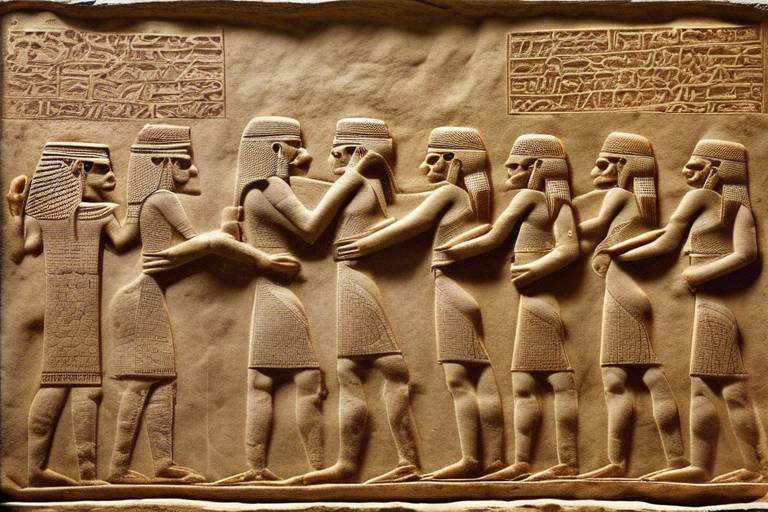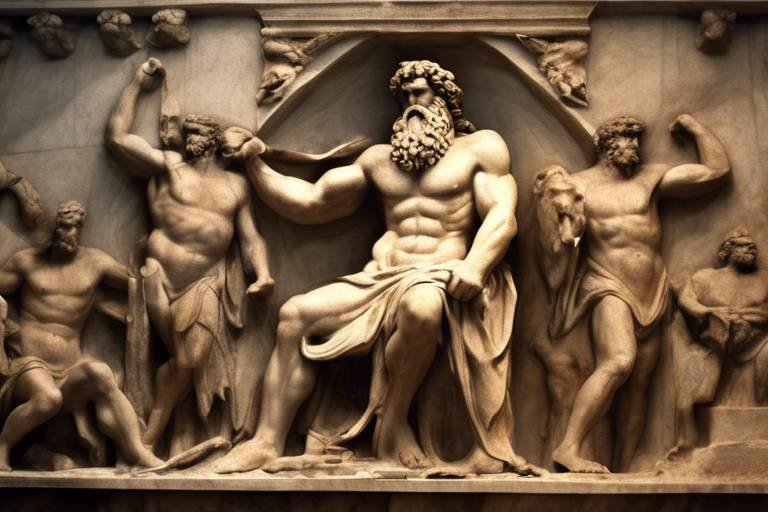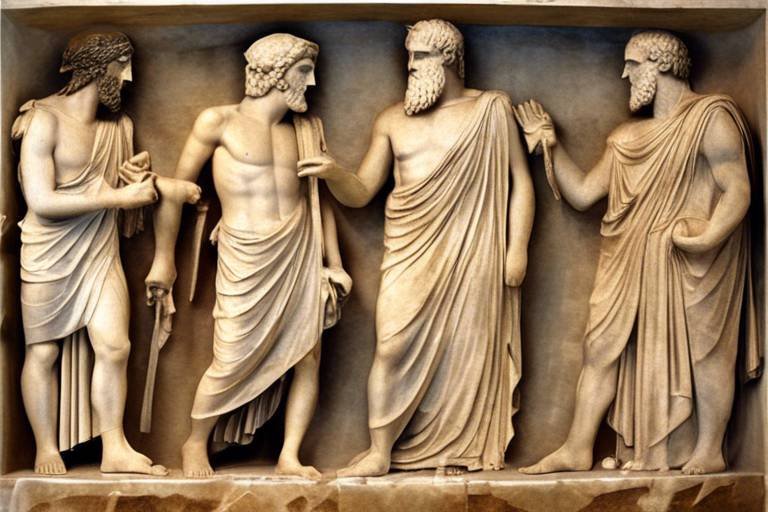The Secrets of Ancient Roman Aqueducts
Ancient Roman aqueducts stand as a testament to the remarkable engineering prowess of the Roman civilization. These monumental structures, built centuries ago, continue to intrigue and awe visitors with their ingenuity and sophistication. The secrets hidden within the walls of these aqueducts unveil a world of innovation and meticulous planning that fueled the growth and prosperity of ancient Roman cities.
Imagine the ancient engineers toiling away, designing intricate systems of arches, tunnels, and channels to transport water across vast distances. The architectural design of Roman aqueducts was not just about functionality but also a display of artistic flair and technical expertise. The use of precise gradients and carefully calculated slopes ensured a steady flow of water, essential for sustaining the urban population.
One of the most intriguing aspects of Roman aqueducts is the materials used in their construction. The Romans employed volcanic ash mortar, a durable and waterproof substance that bound the massive stone blocks together, creating structures that have withstood the test of time. The meticulous construction techniques, passed down through generations, ensured the longevity and efficiency of these aqueducts.
Water, the source of life, was a precious commodity in ancient Rome. The Romans ingeniously sourced water from natural springs and rivers, channeling it through a network of aqueducts to supply the growing urban centers. The management of water supply was a complex task, requiring sophisticated systems to regulate the flow and distribution of water to various parts of the city.
The impact of Roman aqueducts on urban development cannot be overstated. These marvels of engineering enabled the growth of cities, providing clean water for drinking, sanitation, and the development of public amenities such as baths and fountains. The aqueducts transformed the landscape of Roman cities, shaping their infrastructure and improving the quality of life for inhabitants.
Today, the legacy of Roman aqueducts lives on, inspiring modern engineering practices and urban planning. The innovative solutions devised by ancient Roman engineers continue to influence the way we approach infrastructure projects and water management systems. The study of Roman aqueducts offers valuable insights into the intersection of technology, architecture, and societal development.
Preservation efforts play a crucial role in safeguarding these ancient marvels for future generations to appreciate. Conservation initiatives aim to protect and maintain Roman aqueducts as cultural heritage sites, ensuring that their historical significance is preserved. Tourists from around the world flock to these sites, eager to witness firsthand the grandeur and sophistication of Roman engineering.
For those curious souls seeking to delve into the secrets of ancient Roman aqueducts, a journey to these architectural wonders promises a glimpse into a bygone era of innovation and excellence. Exploring the well-preserved aqueducts in Rome and beyond offers a unique opportunity to marvel at the achievements of our ancestors and gain a deeper appreciation for the marvels of ancient engineering.

History of Aqueducts in Ancient Rome
The history of aqueducts in ancient Rome is a fascinating journey through the evolution of engineering marvels that revolutionized water supply systems. It all began with the simple channels and pipes used by early Romans to transport water from springs and streams to their settlements. However, as the Roman civilization expanded and urban centers grew larger, the need for more sophisticated water distribution systems became apparent.
One of the earliest known aqueducts in Rome is the Aqua Appia, constructed in 312 BC during the Roman Republic. This aqueduct marked the beginning of a series of ambitious projects aimed at providing clean water to the growing population of the city. Over the centuries, Roman engineers perfected their techniques, gradually increasing the scale and complexity of aqueduct construction.
During the peak of the Roman Empire, aqueducts reached their zenith in terms of size and efficiency. The most famous of these structures is the Aqua Claudia, a monumental aqueduct completed in 52 AD by Emperor Claudius. Stretching over 68 miles, the Aqua Claudia showcased the mastery of Roman engineering, utilizing arches and tunnels to transport water across rugged terrain.
These aqueducts not only supplied water for drinking and bathing but also played a crucial role in sustaining the urban infrastructure of Rome. They enabled the development of public baths, fountains, and irrigation systems, contributing to the overall health and well-being of the population.
As the Roman Empire declined, many aqueducts fell into disrepair, their once-impressive structures crumbling with time. However, the legacy of these ancient water systems continues to inspire awe and admiration, serving as a testament to the ingenuity and foresight of Roman engineers.
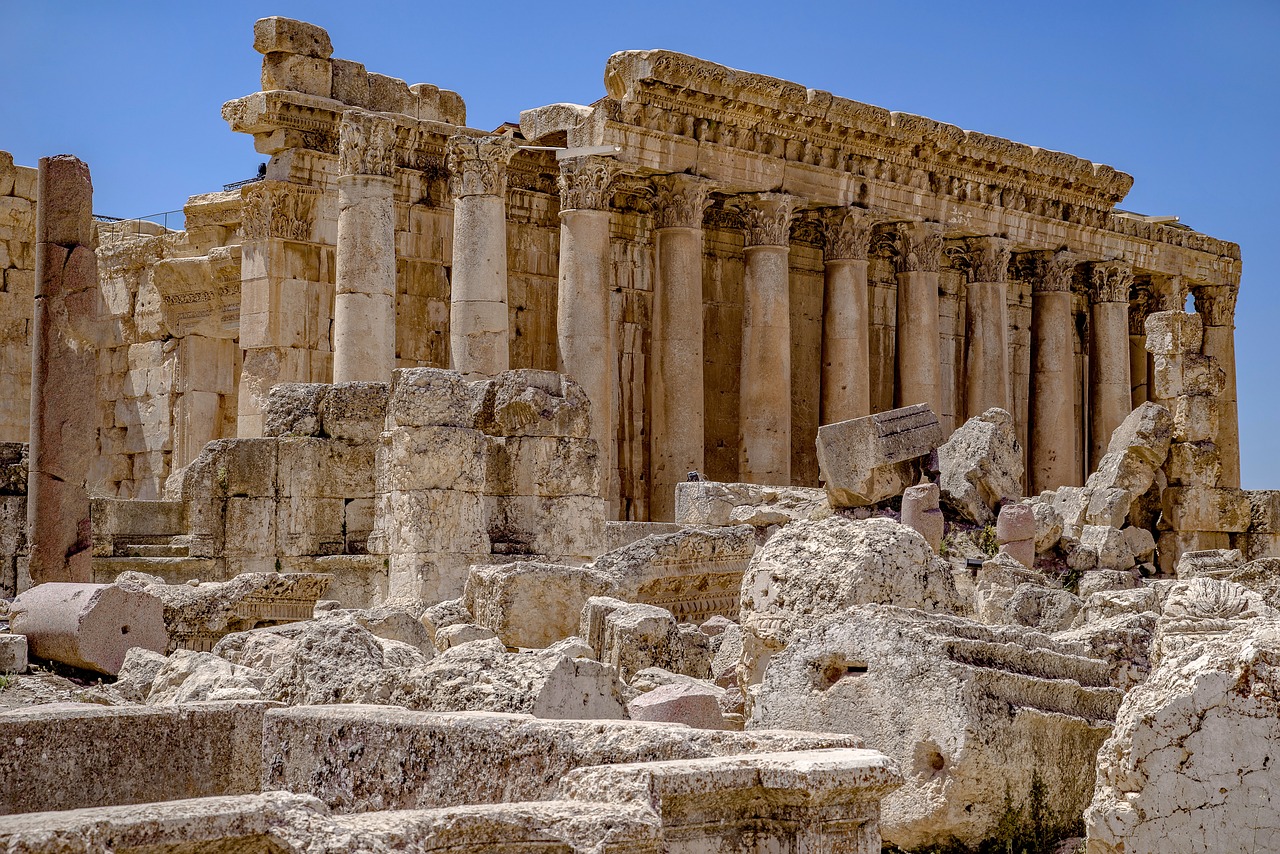
Architectural Design and Innovation
Exploring the engineering marvels of ancient Roman aqueducts, their construction techniques, and the significance of these structures in providing water supply to cities across the empire.
Understanding the evolution of aqueducts in Roman civilization, from the first known structures to the elaborate network built during the peak of the empire.
The architectural design of ancient Roman aqueducts stands as a testament to the ingenuity of Roman engineers. These structures were not merely functional but also awe-inspiring in their grandeur. The use of arches, a trademark of Roman architecture, allowed for the construction of elevated channels that carried water over varying terrain. The incorporation of tunnels through mountains showcased the Romans' mastery of engineering, enabling the aqueducts to navigate challenging landscapes with precision. Moreover, the careful calculation of gradients ensured a steady flow of water over long distances, showcasing the meticulous planning and attention to detail that went into every aqueduct project.
Detailing the materials, such as volcanic ash mortar, and construction methods employed by Roman engineers to build durable and efficient aqueducts.
Exploring how Romans sourced water from springs and rivers, and the sophisticated systems used to regulate and distribute water to urban centers.
Discussing the transformative effect of aqueducts on Roman cities, enabling population growth, sanitation improvements, and the development of public baths and fountains.
Analyzing the lasting impact of Roman aqueducts on modern engineering practices, urban planning, and the continued study of ancient water systems.
Highlighting conservation initiatives aimed at preserving Roman aqueducts as cultural heritage sites and popular tourist destinations for visitors around the world.
Guiding readers on exploring well-preserved aqueducts in Rome and other regions, offering a glimpse into the technological prowess of the ancient Romans.

Materials and Construction Techniques
When it comes to the construction of ancient Roman aqueducts, the materials and techniques used by Roman engineers were truly remarkable. One of the key materials employed in building these aqueducts was volcanic ash mortar, known for its durability and strength. This mortar, made by mixing volcanic ash with lime and water, allowed the Romans to create sturdy structures that could withstand the test of time.
In addition to volcanic ash mortar, Romans also utilized a variety of other materials in aqueduct construction, such as stone, concrete, and lead pipes. The use of these materials, combined with meticulous construction techniques, ensured that the aqueducts were not only functional but also aesthetically impressive. The precision in fitting together the massive stone blocks and the careful alignment of arches and tunnels showcased the engineering prowess of the Romans.
One of the most fascinating aspects of Roman aqueduct construction was the use of gradients to maintain a consistent flow of water over long distances. By carefully calculating the slope of the aqueduct channels, engineers were able to ensure that water flowed smoothly from the source to the destination, sometimes covering hundreds of kilometers. This attention to detail in the construction process highlights the advanced understanding of hydraulics possessed by the ancient Romans.

Water Source and Supply Management
Water was a precious resource in ancient Rome, and the Romans ingeniously tapped into various sources to ensure a steady supply for their bustling cities. Springs, rivers, and lakes were the primary sources of water for the aqueducts. The Romans constructed dams and reservoirs to collect and store water, ensuring a reliable supply even during dry seasons. Additionally, they developed a sophisticated system of conduits and channels to transport the water from the sources to the urban centers.
The management of water supply in ancient Rome was a meticulous process. Engineers carefully calculated the gradient of the aqueducts to maintain a consistent flow of water towards the cities. They also implemented innovative techniques such as **siphons** to overcome natural obstacles like valleys and hills. The distribution of water within the cities was regulated through a network of pipes and **lead** distribution tanks, ensuring that every neighborhood had access to clean water.
Furthermore, the Romans were pioneers in water quality control. They built filtration systems using layers of sand and gravel to purify the water before it reached the public fountains and baths. This attention to detail in water management not only improved public health but also showcased the advanced engineering skills of the Romans.

Impact on Urban Development
The construction of aqueducts in ancient Rome had a profound impact on the development of urban centers, revolutionizing the way cities functioned and grew. Imagine a city without a reliable water supply - it would be like a car without fuel, unable to move forward. The aqueducts acted as the lifeblood of Roman cities, fueling their expansion and prosperity.
By providing a consistent and clean water supply, aqueducts facilitated the growth of urban populations. With access to fresh water for drinking, cooking, and sanitation, cities were able to accommodate more residents and attract new settlers. This influx of people led to the development of vibrant communities, bustling markets, and diverse neighborhoods, shaping the social fabric of Roman society.
Moreover, the introduction of aqueducts enabled significant improvements in public health and hygiene. Clean water supply allowed for better sanitation practices, reducing the spread of waterborne diseases and improving overall living conditions. The creation of public baths, fountains, and ornate gardens became possible due to the abundance of water brought in by the aqueducts, enhancing the quality of life for inhabitants.
As Roman cities flourished with the aid of aqueducts, they became symbols of power, sophistication, and civilization. The ability to harness nature's resources and channel them into urban areas showcased the engineering prowess and organizational skills of the Roman Empire. Aqueducts were not merely functional structures but also architectural marvels that demonstrated the ingenuity and ambition of the ancient Romans.
In essence, the impact of aqueducts on urban development in ancient Rome cannot be overstated. They were the arteries through which life-giving water flowed, nourishing the growth and vitality of cities across the empire. Their legacy continues to inspire awe and admiration, serving as a testament to the enduring legacy of Roman engineering and innovation.
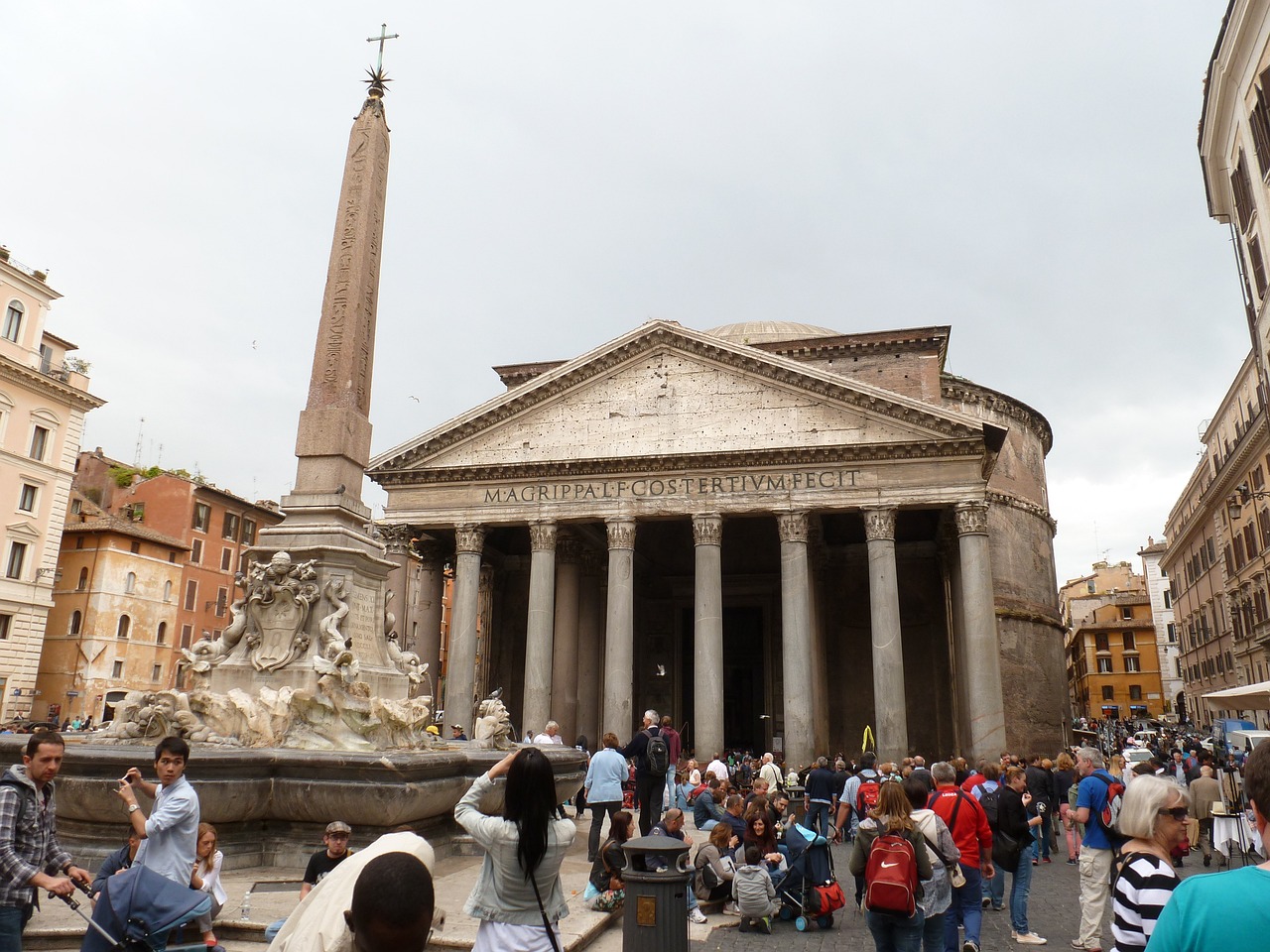
Legacy and Influence on Modern Engineering
When we delve into the legacy of ancient Roman aqueducts, we uncover a treasure trove of engineering brilliance that continues to influence modern practices. The intricate network of aqueducts constructed by the Romans not only revolutionized water supply systems but also laid the foundation for contemporary engineering marvels. The precision in design, utilization of natural gradients, and mastery of materials showcased in Roman aqueducts have left an indelible mark on the field of engineering.
The enduring impact of Roman aqueducts can be seen in the principles of structural stability and efficiency that engineers still adhere to today. The use of arches and concrete, as pioneered by the Romans, has been integrated into modern construction techniques, ensuring the durability and longevity of infrastructure projects around the world. The lessons learned from studying ancient aqueducts have shaped the way engineers approach challenges in urban planning and water management, emphasizing sustainability and innovation.
Furthermore, the legacy of Roman aqueducts extends beyond technical expertise to encompass the broader concept of civic development. The ability of these monumental structures to support growing populations and facilitate urban expansion resonates with contemporary efforts to create sustainable and livable cities. By recognizing the interconnectedness of infrastructure, society, and the environment, modern engineers draw inspiration from the holistic approach taken by their Roman predecessors.
In essence, the influence of ancient Roman aqueducts on modern engineering transcends mere technical achievements, embodying a philosophy of harmonious coexistence between human ingenuity and natural resources. As we continue to marvel at the remnants of these ancient waterways, we are reminded of the timeless lessons they impart about innovation, resilience, and the enduring power of visionary thinking.

Preservation Efforts and Tourist Attractions
Preserving the ancient Roman aqueducts is not just a matter of maintaining historical structures; it is a testament to human ingenuity and engineering excellence. Conservation efforts are underway to safeguard these architectural marvels for future generations to marvel at. Through meticulous restoration work and ongoing maintenance, these aqueducts stand as a living legacy to the brilliance of Roman engineering.
Many of the well-preserved aqueducts have become popular tourist attractions, drawing visitors from around the globe to witness the grandeur of these ancient structures. Tourists can explore the intricate network of arches and tunnels that once carried water across vast distances, marveling at the sheer scale and precision of Roman construction. Walking in the footsteps of ancient engineers, visitors can gain a deeper appreciation for the craftsmanship and innovation that went into building these aqueducts.
One notable example of a preserved aqueduct that has become a tourist hotspot is the Pont du Gard in France. This towering structure, with its three tiers of arches spanning the Gardon River, offers a breathtaking glimpse into the architectural prowess of the Romans. Visitors can not only admire the aqueduct from afar but also walk along the top level, experiencing the awe-inspiring views and imagining the water flowing beneath their feet centuries ago.
Guided tours and educational programs at these sites provide valuable insights into the history and engineering behind Roman aqueducts. Visitors can learn about the meticulous planning and construction techniques that enabled the Romans to create such enduring water supply systems. By immersing themselves in the past, tourists can gain a deeper understanding of how these aqueducts shaped the development of ancient cities and influenced modern engineering practices.
As these historic sites continue to attract visitors, it is essential to balance tourism with conservation efforts to ensure the long-term preservation of the aqueducts. By raising awareness about the significance of these structures and promoting sustainable tourism practices, we can protect these invaluable relics of the past while allowing future generations to appreciate the legacy of Roman engineering excellence.
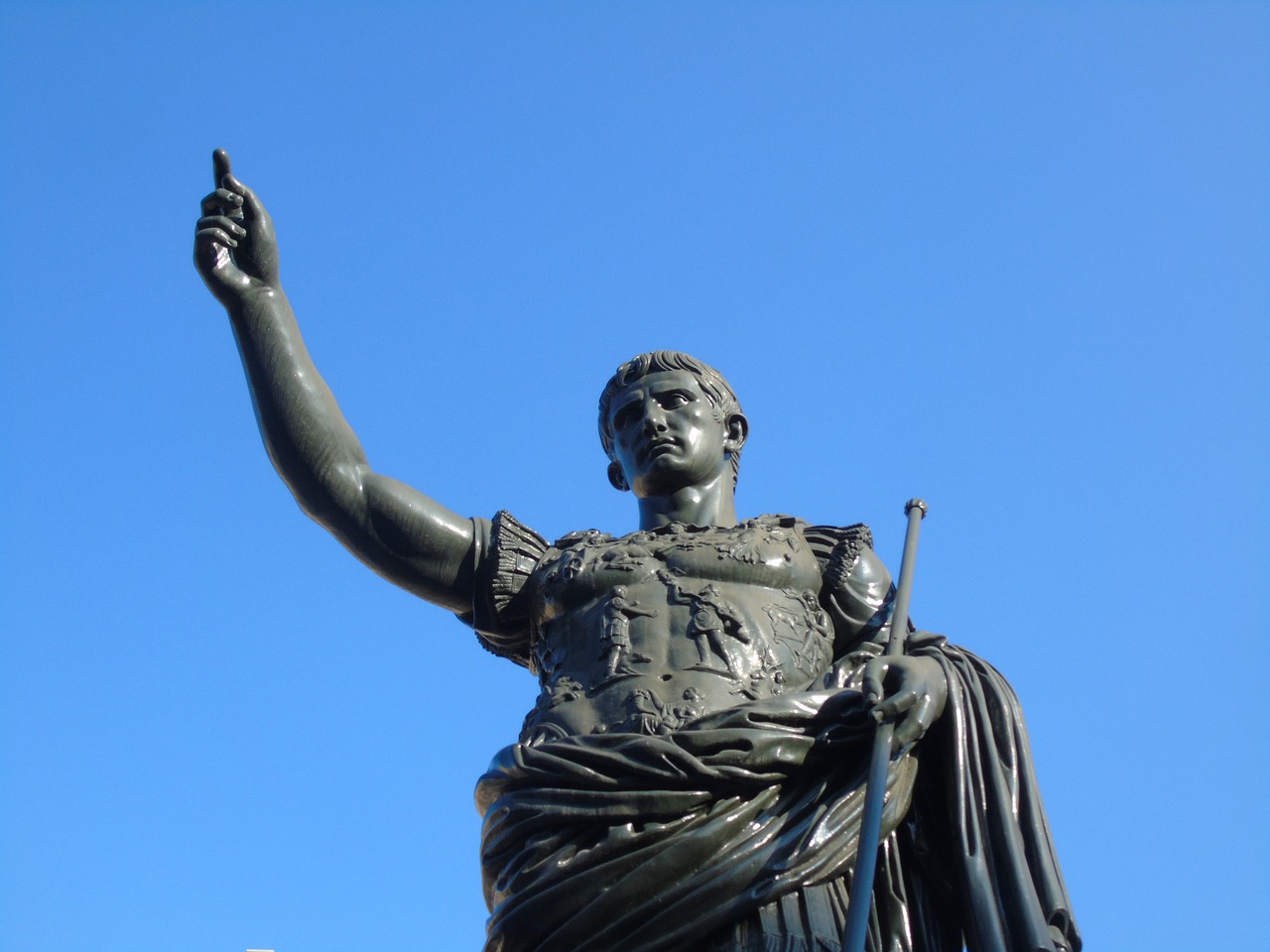
Visiting Ancient Aqueducts Today
When it comes to experiencing the marvels of ancient Roman engineering firsthand, visiting the ancient aqueducts scattered across Rome and its outskirts is a must-do for history enthusiasts and architecture aficionados alike. These monumental structures stand as a testament to the ingenuity and craftsmanship of the ancient Romans, showcasing their mastery in water supply systems.
One of the most famous aqueducts to visit is the Aqua Claudia, an impressive feat of engineering that once supplied water to the bustling city of Rome. Built with towering arches and intricate tunnels, the Aqua Claudia offers a glimpse into the grandeur of Roman construction techniques.
For those seeking a more immersive experience, a trip to the Parco degli Acquedotti provides a picturesque setting to explore multiple ancient aqueducts in a serene park environment. Here, visitors can marvel at the remains of the Aqua Appia and Aqua Alexandrina, surrounded by lush greenery and a tranquil atmosphere.
Additionally, a visit to the Porta Maggiore offers a unique opportunity to witness an ancient aqueduct integrated into the city's architecture, where the Aqua Claudia and Aqua Anio Novus pass through a monumental gateway, blending history with modern urban life.
Exploring these ancient aqueducts not only provides a glimpse into the past but also serves as a reminder of the enduring legacy of Roman engineering and innovation. Walking in the footsteps of ancient Romans, visitors can appreciate the scale and precision of these structures, marveling at the timeless beauty of their design.
Frequently Asked Questions
- What is the purpose of Roman aqueducts?
Roman aqueducts were designed to transport water from distant sources to urban areas, providing a reliable supply for various purposes such as drinking, bathing, and irrigation.
- How were Roman aqueducts constructed?
Roman aqueducts were built using a combination of arches, tunnels, and channels to transport water over long distances. Skilled engineers employed materials like volcanic ash mortar to create durable structures.
- What impact did aqueducts have on Roman cities?
Aqueducts played a crucial role in the development of Roman cities by enabling population growth, improving sanitation, and facilitating the creation of public baths and fountains, contributing to the overall quality of life.
- How did Romans manage water distribution through aqueducts?
Romans carefully regulated water flow through aqueducts using a system of reservoirs, distribution tanks, and lead pipes. This sophisticated management ensured a steady supply of water to different parts of the city.
- Are Roman aqueducts still standing today?
Yes, many Roman aqueducts have survived to this day, serving as both historical landmarks and engineering marvels. Visitors can explore these ancient structures in Rome and other regions to appreciate their architectural significance.








